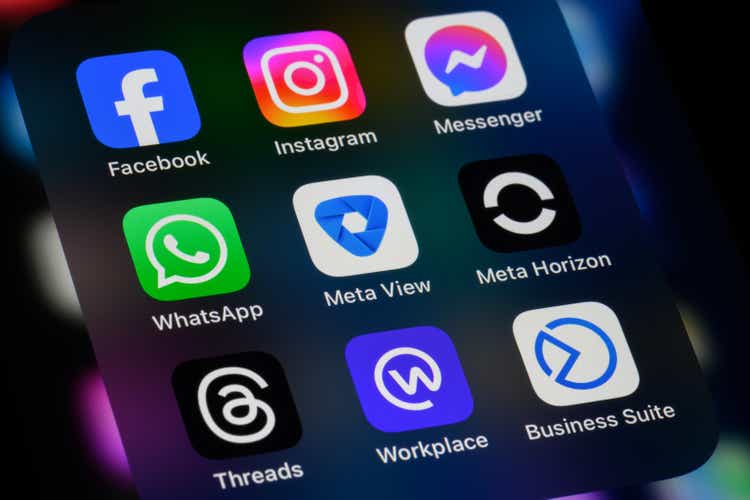Since its launch on April 1, 2004, Gmail has transformed the manner in which human beings communicate on the internet. Google launched the service as an invite-only beta, going against the mainstream in embracing new innovations which transformed the manner in which email hosts such as Hotmail and Yahoo Mail communicated. Twenty years down the line, Gmail's innovations and human-oriented focus rewrote electronic messaging as an art, raising bars that competitors could barely touch.
This article chronicles the innovation history of Gmail, from storage improvements to artificial intelligence -driven features, and its enduring legacy in communication today. Gmail made a daring proposition: 1GB of storage free for every user. Whereas Hotmail was providing 2MB and Yahoo Mail 4MB, this jump, 500 times that of Hotmail, left the market in awe.

People no longer had to delete messages to make room, a change that transformed email into an archive instead of a transitory communication. Google's gamble on generous storage, supported by its search infrastructure, compelled competitors to raise the bar in a few months. The action not only redefined user expectations but also made email a digital safe for perpetuity.
Other than storage, Gmail uses Google's search function to make emails searchable in an instant. Inboxes once depended on manual sorting or crude filters, with users digging through chaos. Gmail's design allowed keyword searching of messages, attachments, and threads, mirroring the simplicity of a Google search.
Labels had supplanted static folders, and messages could be in numerous categories without redundancy. This ease, added in 2004, streamlined navigation, a service so intuitive that Outlook and others replicated similar software. Accessibility was Gmail's quiet revolution, cleaning up messy inboxes into neat hubs.
Spam infested early email, with unwanted messages drowning out the real ones. Gmail addressed this with a machine-learning filter, refined by Google's data know-how, that reduced spam rates by a huge margin. By 2007, reports estimated Gmail's spam catch at more than 99% accuracy, beating the competition.
The system improved based on how people behaved, flagging spam improved its algorithms, while Priority Inbox, which began in 2010, categorized key emails from spam. The two-part strategy not only tidied up inboxes but also spurred new thinking in the industry, making Gmail a spam-fighting pioneer. Gmail's threaded view, clustering related messages together in threads, seemed a revolutionary departure from chronological designs.
Introduced in 2004, the appearance emulated instant messaging, coordinating responses and forwards. Critics pushed back at first, and Yahoo Mail clung to single-message views, but users adored the simplicity, especially for workplace conversations. Threaded displays were de rigueur on every platform by 2010, a testament to the Gmail user interface revolution.
Its uncluttered design, full of white space and sans-serif text, also stood out from chaotic competitors, creating a visual standard still followed by apps such as Spark. The expansion of smartphones made Gmail more visible. The launch of the iPhone in 2007 prompted Google to make Gmail accessible via mobile browsers, and then a mobile application in 2011.
Push notifications and offline capabilities, first through Gears, then HTML5, kept people engaged. Speed became the signature; Gmail's lean code loaded quicker than Hotmail's heavy pages, a margin X posts still celebrate from early 2010s benchmarks. By 2019, Gmail's 1.
5 billion users were using its mobile-first architecture, compelling competitors to trim and sync, evidence of Google's vision in a handheld world. Gmail's more recent years have included the integration of artificial intelligence. Smart Reply, which launched in 2015, provided immediate responses, cutting down on typing time.
Smart Compose, which launched in 2018, autocompleted sentences, adapting to user habits. Nudges, which alert the user to missed emails, launched in 2025, and Confidential Mode, which launched in 2018, secures sensitive messages with expiration dates. These capabilities, the result of Google's AI research, transformed Gmail into an active assistant, a step above static inboxes that competitors like ProtonMail now aspire to.
Gmail 's 20-year streak, reaching 2 billion users by 2025 according to Statista estimates, emphasizes its dominance. Its 1GB birth rewrote storage norms, search calmed inbox pandemonium, and spam filters improved dependability. Threaded layouts and mobile sophistication led to design trends, with AI keeping it ahead.
Rivals - Outlook with 400 million subscribers, Yahoo with declining cachet, borrowed extensively, but Gmail's combination of size, velocity, and intelligence still can't be beat. Electronic communication in the modern era is what it is today thanks to Google's relentless experimentation, illustrating Gmail's power as a building block of the internet era..
















